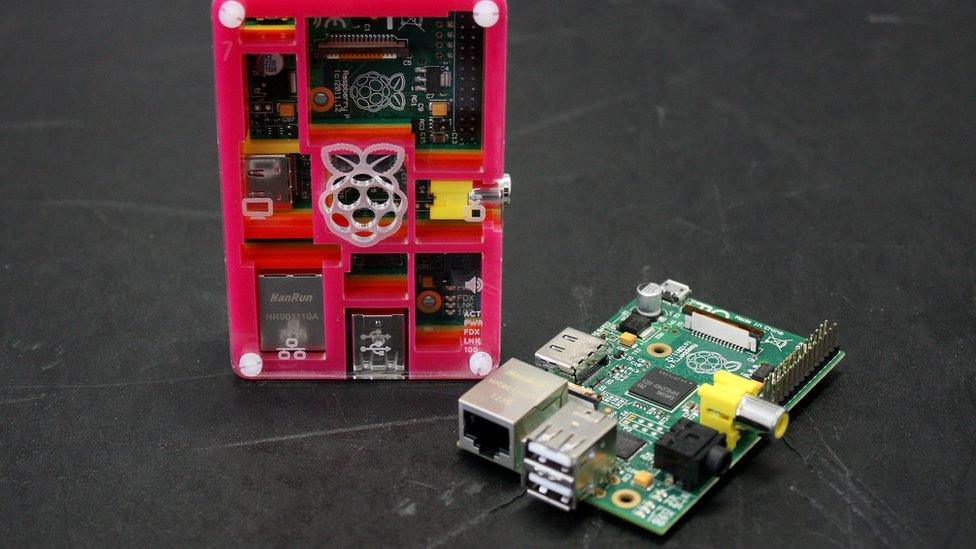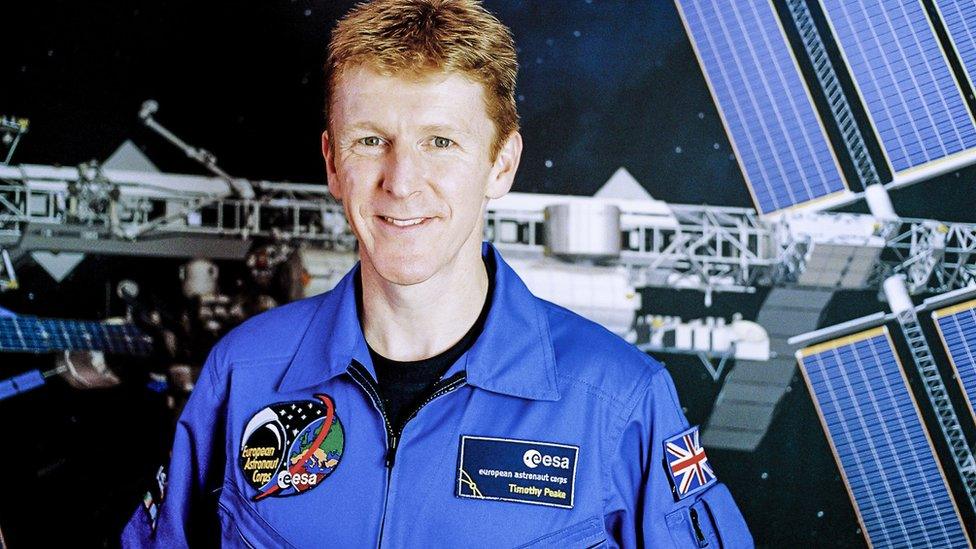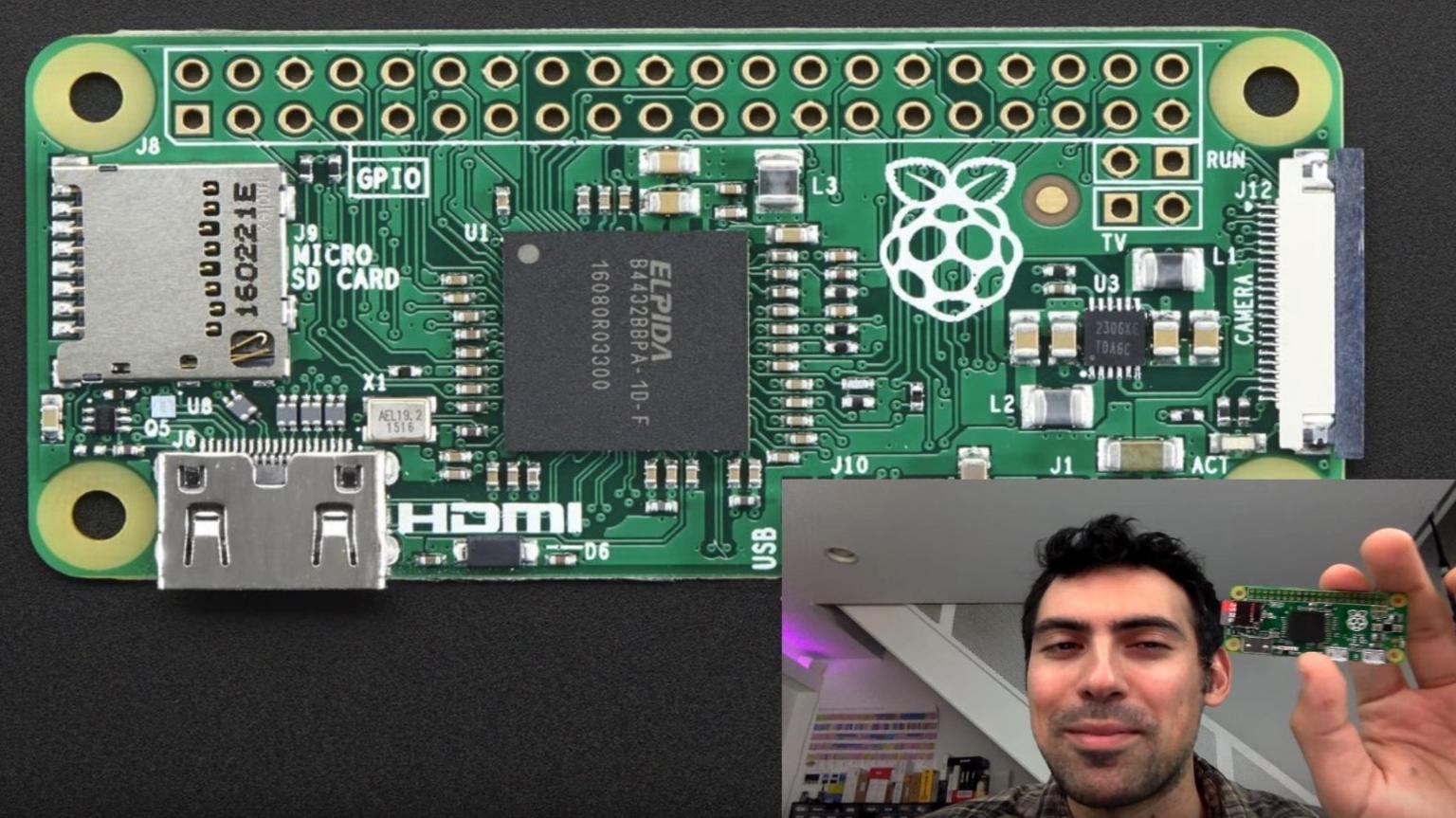Raspberry Pi makers release own-brand OS
- Published

The first Raspberry Pi was released in 2012 and more than 10 million have now been sold
The makers of the Raspberry Pi computer have created a version of its graphical front end that can run on ordinary desktop computers.
The Pixel desktop has been re-worked so it runs on PCs and Apple Mac machines, said the Foundation, external.
People who use it on a Raspberry Pi and other machines will now get the same familiar software across both.
The Pi Foundation said the release also aided its plan to produce the "best" desktop computing experience.
Most popular
Raspberry Pi co-creator Eben Upton said the software should help schoolchildren who use the credit-card sized Pi in class or for their own projects but have to continue their work on PCs or Macs.
The Pi edition of Pixel and the version translated for bigger machines uses "exactly the same productivity software and programming tools, in exactly the same desktop environment", he wrote, external.
"There is no learning curve, and no need to tweak... schoolwork to run on two subtly different operating systems," he said.

UK astronaut Tim Peake took two Raspberry Pis to the International Space Station
In addition, he said, producing such a version of Pixel kept the Raspberry Pi foundation "honest" as it would help the organisation's coders work out what bits of the user interface needed work.
Mr Upton said that because the core software underlying Pixel was based on a relatively old computer architecture, it should run on "vintage" machines.
He warned that the software was still "experimental" so might have bugs or other "minor issues" that might mean it does not run well on some machines.
Pixel was first released in September this year and overhauled the main graphical interface owners see and use when working with their Pi. It is based on a version of the open source Linux software known as Debian.
The desktop version lacks two programs - Minecraft and Mathematica - because the Pi organisation has not licensed those applications on any machines other than its own.
In April last year, the Raspberry Pi officially became the most popular British computer ever made. More than 10 million have now been sold.
The computer was first released in 2012 and is widely used as an educational tool for programming.
- Published8 September 2016

- Published19 December 2016
- Published17 November 2016

- Published22 September 2016
